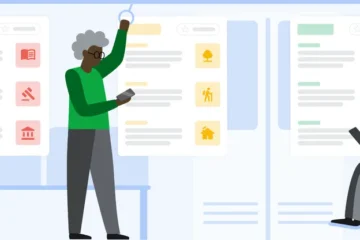Literacy rates are on the rise in the United States. However, some students need more help than others in order to get to the level that they need to be at. By using free reading screening assessments, it’s easier to find out the base level that students are at.
Diagnose the Student
Before you can truly help a student, you need to find out where they are at in their skills. An assessment will help you to identify the different decoding issues that they are struggling with. Once you know where their weaknesses lie, it’s easier to focus on the deficits. Otherwise, your teaching becomes hit and miss, which can be counterproductive.
Group a Student Appropriately
Particularly when you are teaching a group of students, it’s important to group them based on their decoding difficulties. It’s easier to teach kids to read when everyone is on the same level. If one student is struggling with mild decoding skills while another has significant decoding deficits, it can be difficult to get them onto the same page. One will improve while another will continue to struggle.
Teach the Needed Skills
Once you have diagnosed and grouped students, you can begin teaching them. The more tools you have, the easier it is to appeal to the interests of the student. You can prevent various decoding weaknesses and remediate the others. Students of any age can be taught to read. From there, you can open up a whole new world to them.
Struggling readers need to get the support in the classroom and out. When you want to help your students learn to read, it’s important to find the necessary assessment and teaching tools. It can make a world of a difference. Plus, reading will become a skill they’ll use in all walks of life.


